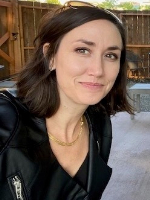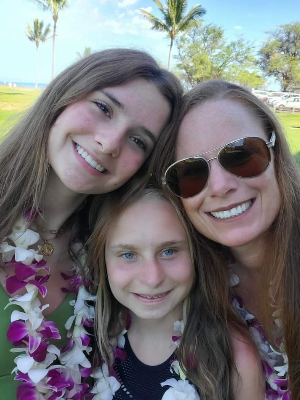
May 6-10, 2024 - Virtual via Zoom
In this session, participants will discover how to creatively individualized instruction and embed inclusionary practices within a continuum of early learning placement options, allowing for increased access to peers without disabilities, more intentionally designed push in service delivery of a child’s Individual Educational Program (IEP) goals and objectives, all within programs designated at regular early childhood programs (RECPs) or general education settings, including; Transitional Kindergarten, ECEAP, Head Start, Child Care settings, and district run Developmental PreK Programs. The Presenters will focus on ways to increase opportunities for students with and without disabilities to develop essential skills such as emotional regulation, developing friendships, and enhancing problem solving strategies. Participants will learn how to embed Universal Design for Learning (UDL) strategies to support students throughout the school day with embedded instructional learning opportunities found within routines, transitions, and when providing directions.

Ryan Guzman, M.Ed., is the Washington state Early Childhood Special Education-619 Coordinator. With over 20 years of experience, Ryan has assumed many roles in the field of early childhood special education, including Developmental Preschool Teacher, Part C, IDEA, Early Intervention Case Manager, PreK-1 Intervention Specialist, and later ESD 113 ECSE Coordinator.
